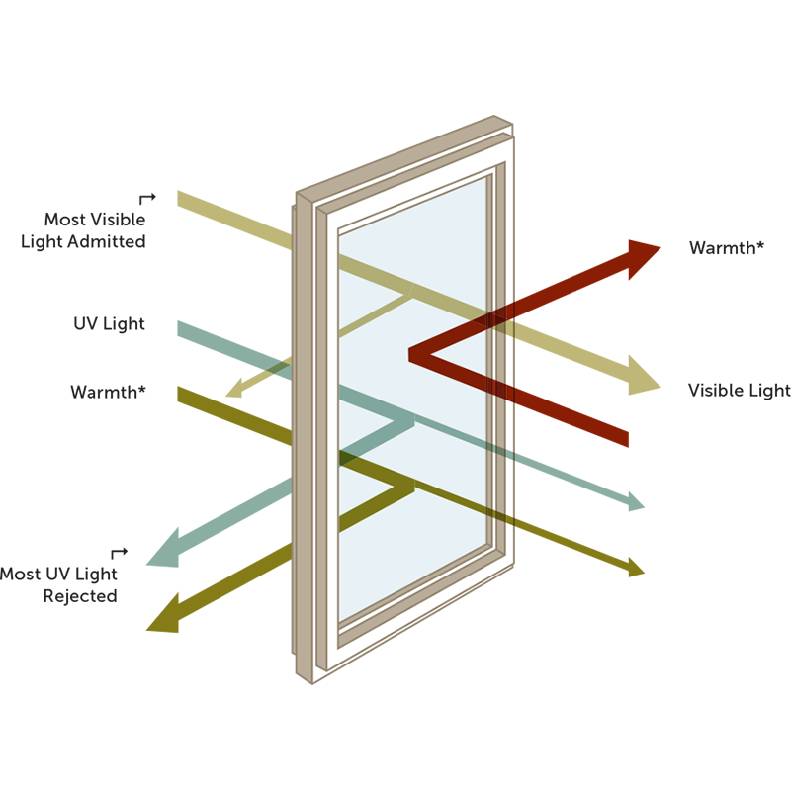

The Aesthetic and Functional Charm of Blue Tinted Glass
Blue tinted glass is becoming an increasingly popular material in modern architecture and design, offering a unique blend of aesthetic appeal and practical benefits. As society moves towards more innovative and radiant designs, architects and designers are turning to colored glass to create striking visual compositions that enhance both exterior and interior environments.
One of the most significant advantages of blue tinted glass is its ability to filter sunlight effectively. The color blue has natural cooling qualities that help reduce glare and heat, making interiors more comfortable and pleasant to occupy. This is particularly beneficial in regions with intense sunlight, as it can significantly decrease the need for artificial cooling systems, ultimately leading to energy savings and a reduced carbon footprint.
Aesthetically, blue tinted glass evokes feelings of tranquility and calmness. The color blue is often associated with serenity, nature, and the sky, which can transform spaces into peaceful retreats away from the chaos of urban life. It can work beautifully in both residential and commercial settings, providing a refreshing look while blending harmoniously with a variety of architectural styles. Whether used in windows, facades, or partitions, blue tinted glass adds a distinctive character, elevating the overall design.
In the context of sustainability, blue tinted glass aligns with the growing demand for eco-friendly materials
. Manufacturers are increasingly employing advanced technologies to produce glass that not only enhances visual appeal but also meets stringent energy performance standards. By using blue tinted glass, builders can contribute to green building certifications and demonstrate their commitment to environmentally responsible construction practices.
Furthermore, blue tinted glass offers enhanced privacy without sacrificing natural light. It provides a unique solution for office buildings, commercial spaces, and residential homes located in densely populated areas. While allowing the influx of sunlight, it minimizes visibility from the outside, creating a more secure and intimate atmosphere for occupants. This feature is particularly appealing for urban dwellers who wish to enjoy the benefits of natural light while maintaining privacy in their homes.
The versatility of blue tinted glass extends beyond architecture; it also finds its way into furniture and home decor. Designers are incorporating this material into various pieces, such as tables, cabinets, and other decorative elements, bringing a modern touch to interior spaces. The cool-toned glass can complement various colors and styles, serving as a stunning focal point or a subtle enhancement to the overall design.
As we move forward into a future that values both beauty and sustainability, blue tinted glass stands out as a material that embodies these principles. Its ability to enhance aesthetic appeal, improve energy efficiency, and provide privacy while allowing sunlight to filter through makes it an attractive option for designers and architects alike. In addition, with the rise of biophilic design, which promotes the connection between indoor spaces and the natural world, blue tinted glass helps bridge this gap by reflecting elements of nature within man-made environments.
In conclusion, blue tinted glass is much more than a trendy architectural element; it represents a harmonious blend of style, functionality, and sustainability. Whether incorporated into grand commercial edifices or intimate residential spaces, it promises to continue inspiring creativity, innovation, and a sense of well-being for years to come. As the trends evolve, one thing is sure the serene allure of blue tinted glass will remain a noteworthy choice in the world of design.